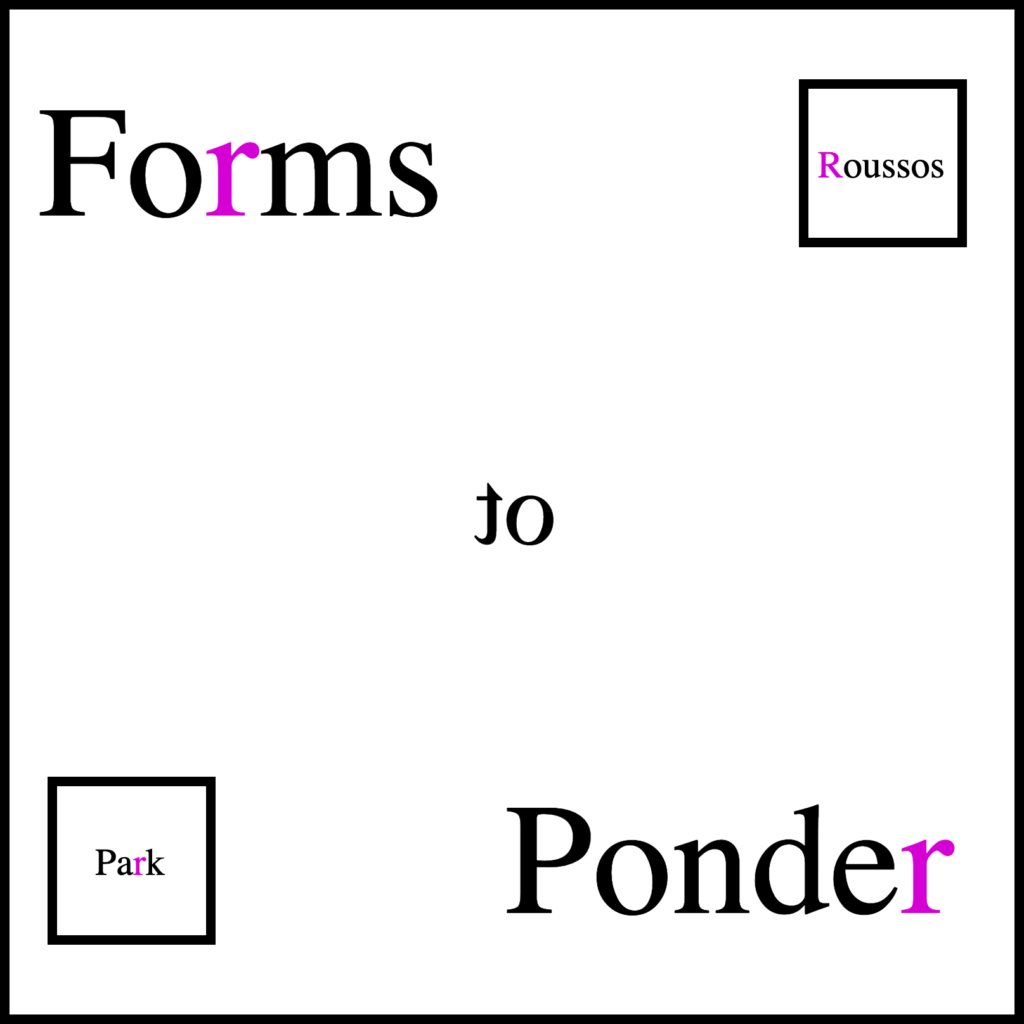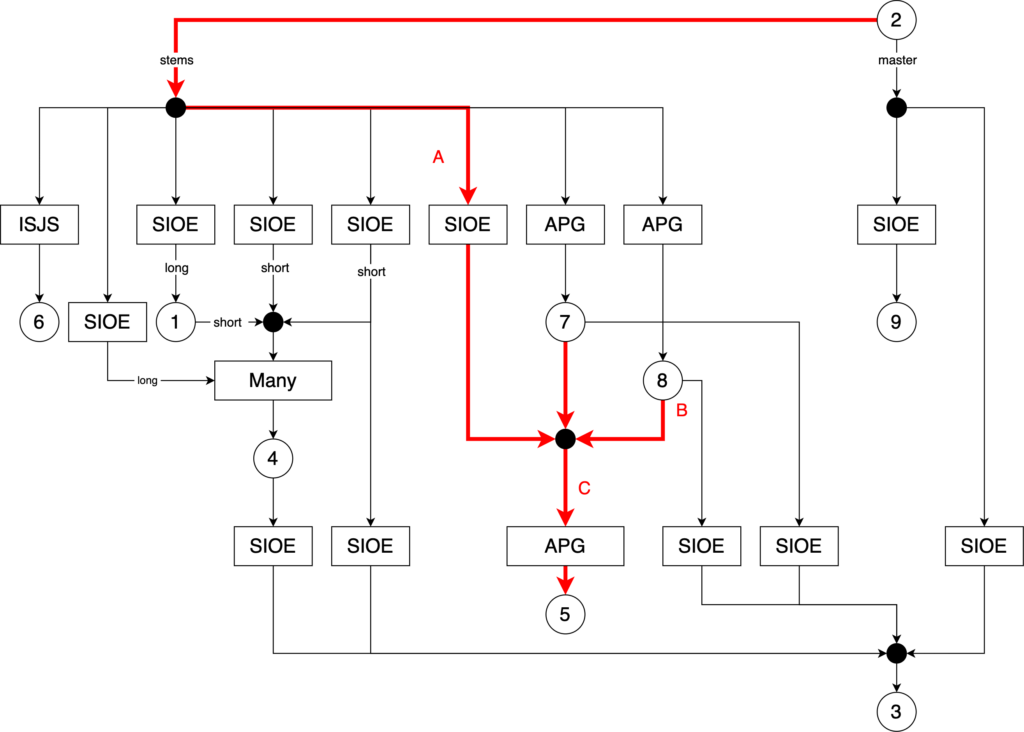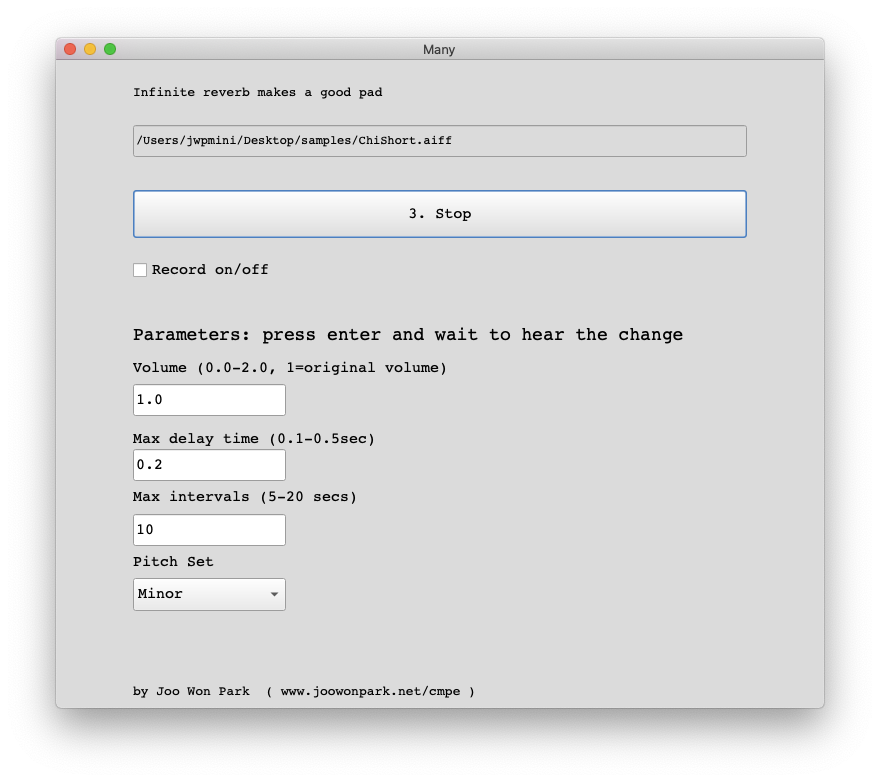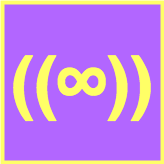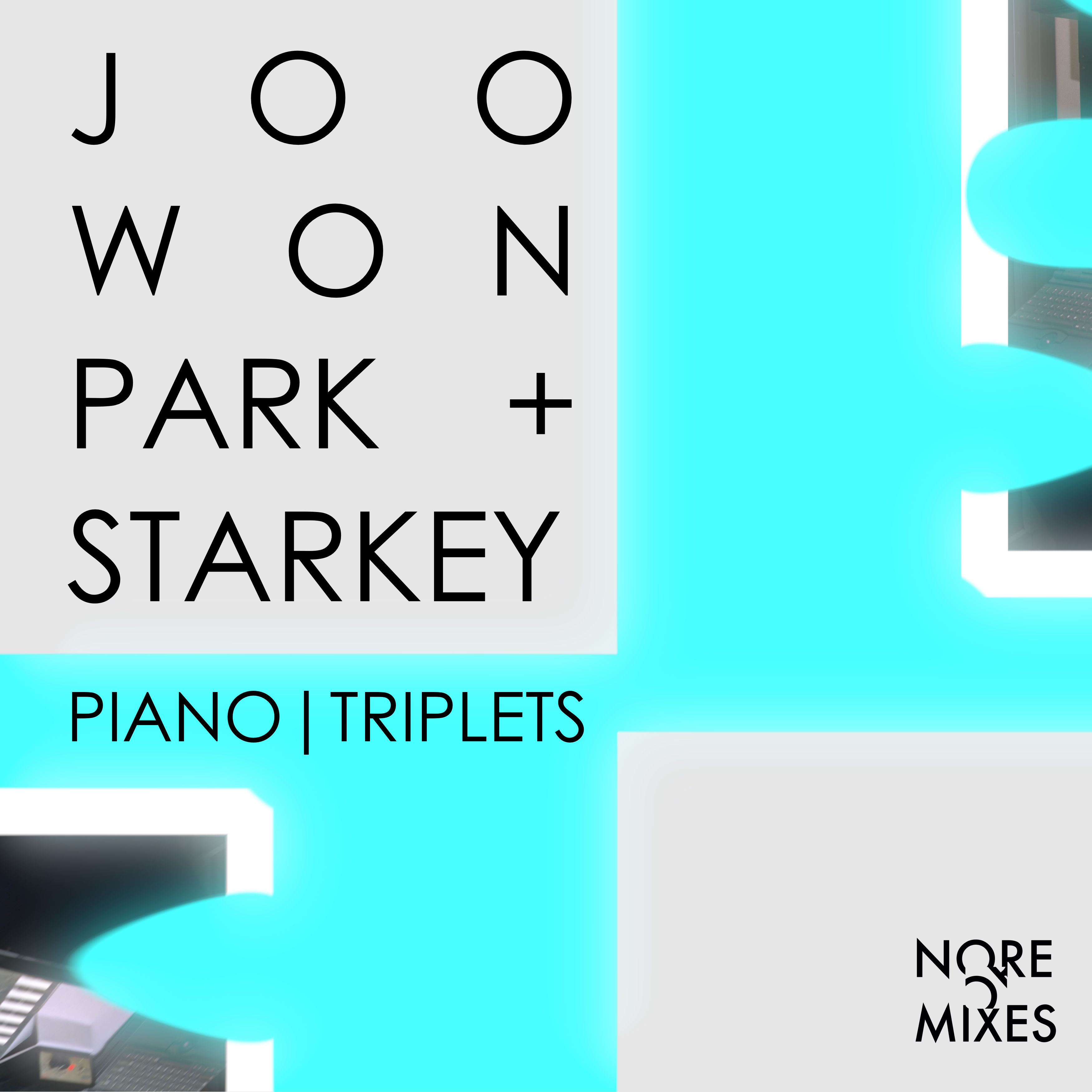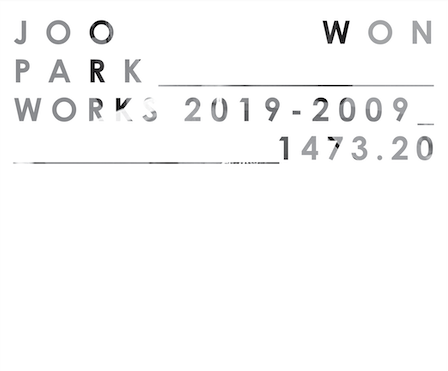
I am sharing eleven old pieces in reverse chronological order. I don’t consider them as my best of’s, but they are more like excuses to “what happened?” and “why did I do that?” Excuses are rarely correct answers to the questions, but they are somewhat related and much more entertaining. I invite you to listen to my incoherent explanation of why I play drum machine solo instead of recording soothing summer rain sound.
Link to album
https://1473.bandcamp.com/album/works-2019-2009
From the label director, Chien-An Yuan:
Curated by Joo Won @joowonmusic himself, “Works 2019-2009” is an outstanding showcase of his development as a sound artist, in reverse. Joo Won’s music sits precisely at the intersection of sound, technology, and innovation – communicated both in his compositional processes and choice of hardware. There is no passive engagement with his music – by choice or chance, Joo Won’s music demands active listening – there are so many disparate elements to focus on, so many new sounds, that it’s always a thrill to listen to one of his pieces.
Having “Works 2019-2009” as the 20th 1473 release is perfect, really – by providing an overview of an artist’s journey, it serves as the perfect way to mark this milestone for the label. Starting with release 21, the look and mission of 1473 will shift and open up even more – I’m incredibly excited and I hope you are too!
Quite importantly, and as addressed in previous posts, today is Bandcamp Friday when Bandcamp ensures that 100% of income is passed directly to artists and labels by waiving their transaction fees. Joo Won and I are happily passing this income towards raising funds for Spread Art in Detroit, a vital independent art space, run by the formidable Shiva @shivoid
Please help support Spread Art’s mission by purchasing Joo Won’s album today. I promise you’ll be excited by all of the new sounds you hear.
https://www.instagram.com/p/CK6LVKblNHp/

